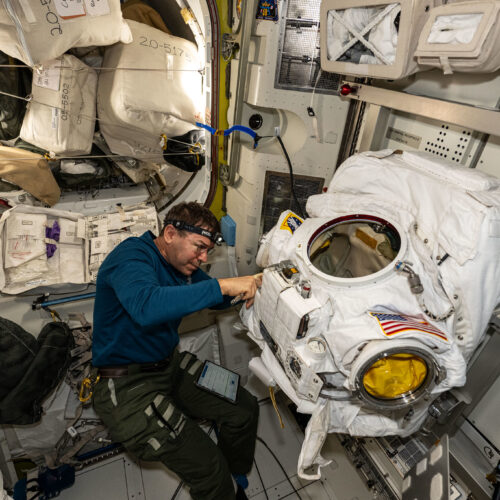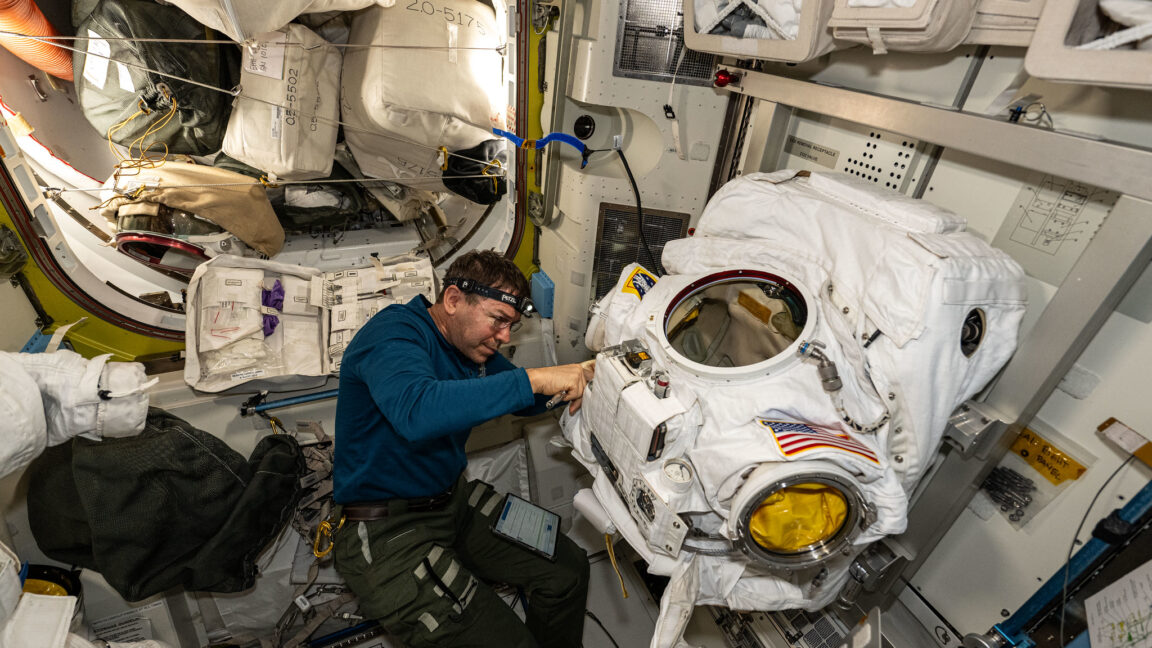There are some things the Crew-8 astronauts aren’t ready to talk about
The astronauts who came home from the International Space Station last month experienced some drama on the high frontier, and some of it accompanied them back to Earth.
In orbit, the astronauts aborted two spacewalks, both under unusual circumstances. Then, on October 25, one of the astronauts was hospitalized due to what NASA called an unspecified "medical issue" after splashdown aboard a SpaceX Crew Dragon capsule that concluded the 235-day mission. After an overnight stay in a hospital in Florida, NASA said the astronaut was released "in good health" and returned to their home base in Houston to resume normal post-flight activities.
The space agency did not identify the astronaut or any details about their condition, citing medical privacy concerns. The three NASA astronauts on the Dragon spacecraft included commander Matthew Dominick, pilot Michael Barratt, and mission specialist Jeanette Epps. Russian cosmonaut Alexander Grebenkin accompanied the three NASA crew members. Russia's space agency confirmed he was not hospitalized after returning to Earth.


© NASA
